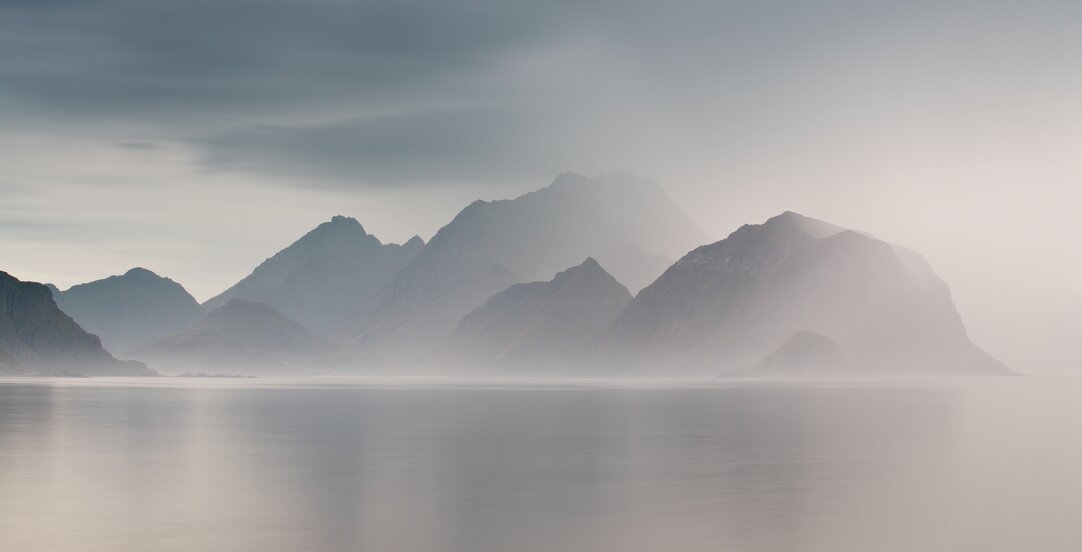Marine spatial conflicts: Offshore wind – Increased pressure on Norway’s marine areas

Norway’s large sea areas remain one of the country’s most important advantages in the global transition to a greener and more sustainable society. Solving the global climate challenges includes investments in measures such as ocean-based transport, restoration of marine ecosystems, seafood, storage of carbon in the ocean floor and ocean-based renewable energy. While these activities can help reduce the carbon footprint, they may also lead to increased activity in the sea areas already used for other types of (traditional) marine activities.
Reading time 5 minutes
In response to the strong likelihood of future conflicts in marine areas, this article looks at how the Offshore Energy Act (Havenergiloven) (OEA) – the legal basis for regulating Norwegian offshore wind production – regulates marine-related conflicts of spatial management and conflicts of interest.
Allocation of marine areas and management of conflicts of interest during the licencing process
The right to utilise renewable energy resources at sea belongs to the state. Unlike with oil and gas, it is not the resource itself, but the right to exploit the resource that is the important factor for renewable energy resources. Management of resources is based on a system of licence and permit allocations for areas identified for this purpose, based on impact assessments and consultation processes.
According to the OEA and the Offshore Energy Act Regulations (Havenergiforskriften) (OER), a licencing process takes place over several steps. The first notable step is the “opening of an area”. The areas available for resource exploitation today are only available as a result of assessment processes of several sea areas, on the basis of identified or potential spatial conflicts. Under §2-2 of the OEA, the most important interests of certain areas should be considered before an area can open for use. This provision of the OEA emphasises that the impact assessment should include assessments of both environmental and social consequences of the proposed renewable energy production, as well as consequences for other commercial interests. The competence to open an area lies vested with the government, and cannot be delegated to the Ministry of Petroleum and Energy. The provision is meant to ensure that planning and development of energy production and transmission facilities take place within a holistic perspective, after the conduction of a broad assessment of any relevant interests and conditions.
After the opening of a sea area, the licencing processes can begin. Under §3 of the OER companies that wish to apply for a licence must first submit a notification to the Ministry with a proposal for a project-specific impact assessment program. The assessment should consider any environmental and social effects of the proposed energy facility, including potential conflicts with other business activities and proposals for mitigating measures (see §2a of the OER). The purpose of this assessment and the licencing process is to uncover any advantages and disadvantages in proceeding with the project, and the effects of the development so that any conflicts of interest can be identified and resolved at an early stage.
Relation to other industries
The OEA also contains provisions that directly regulate relationships with other industries and interests. Sami interests are provided special protection, where §1-5 of the OEA establishes an obligation to place due emphasis on consideration of the Sami culture during all stages of the process.
The authorities also have the ability to implement conditions for granted permits, which can be used as a tool to handle spatial- and interest conflicts (see §3-4 of the OEA). Notably, §10-8 of the OEA further authorises the relevant ministry to reverse a decision if they wish to, by changing the stipulated conditions for a licence.
Further, Chapter 9 of the OEA is designed to deal with conflicts of interest between offshore energy production and the fishing industry. This chapter regulates claims for compensation to fishermen who suffer financial loss resulting from occupation of fishing grounds, or from the energy activities causing pollution, waste or damage. §9-2 of the OEA directly relates to spatial marine conflicts and handles this by introducing a compensation scheme. This means that licences awarded under the OEA take precedence over conflicts of interest with fisheries and automatically awards financial compensation as the solution.
Tough conflicts can still arise
Although the OEA contains mechanisms for handling conflicts of interest, the provisions are quite narrow and case-specific. For example, they do not regulate other industries’ needs to obtain information about various development stages, such as the fishing industry’s potential need to know of plans for laying submarine cables. Much like other laws regulating various maritime sectors, the OEA does not currently take a holistic management approach. Instead, the legislation assumes that consideration for the marine environment is safeguarded through environmental legislation and the system of providing conditions attached to permits. The former government under Solberg was aware that spatial conflicts posed a risk in today’s marine spatial management system. As such, they established a cooperation forum with representatives from the energy sector, the fishing industry, and the supplier industry. Despite this, Norwegian legislation still lacks legal marine planning tools with mechanisms for prioritisation based on a general approach – the EU’s holistic approach to marine spatial planning may therefore provide a useful template.
Marine spatial planning: EU’s response to spatial conflict management
EU’s approach to marine spatial planning stems from their Integrated Maritime Policy (IMP) – a political framework for promotion of the sustainable development of all maritime activities and coastal regions. IMP acts as an umbrella policy, established on the premise that the EU can obtain higher returns from its maritime space with less impact on the environment, by coordinating different uses of sea and coastal areas.
The EU’s narrower response to spatial conflict management is the legislative planning tool, the Marine Spatial Planning Directive (Directive 2014/89/EU) (MSP Directive). The MSP Directive requires member states to draw up marine spatial plans for a more sustainable use of coastal areas, with the narrower goal of encouraging land allocation in order to avoid marine spatial conflicts. The purpose of such legislative tools is to create a more efficient, structured and reliable approach to spatial planning. This is done by including compliance-mechanisms in legislation, such as transparency or reporting requirements. The MSP Directive, for example, opens nations up to being sanctioned for non-compliance should they fail to submit plans for their designated coastal areas. Although it does not represent a perfect response to future pressure on use of marine areas, the MSP Directive and EU’s overall approach does introduce a promising starting point for management of the Norwegian coast.
